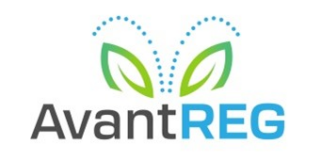
“This project proposes the improvement of training and employability for job seekers in the field of Chemistry through the achievement of the proposed strategies, divided into two main scientific objectives: (i) monitoring of Emerging Pollutants (EPs), originating or interacting with Microplastics (MPs), and (ii) development of porous materials for the removal of EPs present in environmental waters.
In the first scientific objective, the development of sample preparation methods for the analysis of EPs (such as pharmaceuticals and endocrine disruptors) in oceans and other environmental waters is aimed through the use of 3D-printed devices. Therefore, the preparation of functional materials in 3D-printed SLA-type systems, in combination with porous polymers, MOFs, and/or selective functional ligands (antibodies and aptamers), is proposed for use as extraction and preconcentration devices. Additionally, their combination with separation techniques or direct spectroscopic detection systems is suggested, both in benchtop detectors (fluorescence, Raman, etc.) and portable devices (smartphones, among others). The development of these methodologies will provide a more precise understanding of the presence and behavior of EPs in environmental and wastewater, significantly aiding in adapting removal systems.
On the other hand, the second scientific objective involves the integration of MOFs and other porous materials into FDM-type 3D printing technology, aiming to achieve flexible, low-cost, and sustainable platforms with competitive advantages in the field of EP removal in water. Therefore, the generation of multi-objective devices is proposed, capable of thoroughly removing EPs before reaching ‘clean waters,’ thereby preventing contact with MPs and the occurrence of ad/absorption processes that increase the concentration and persistence of these pollutants.”


